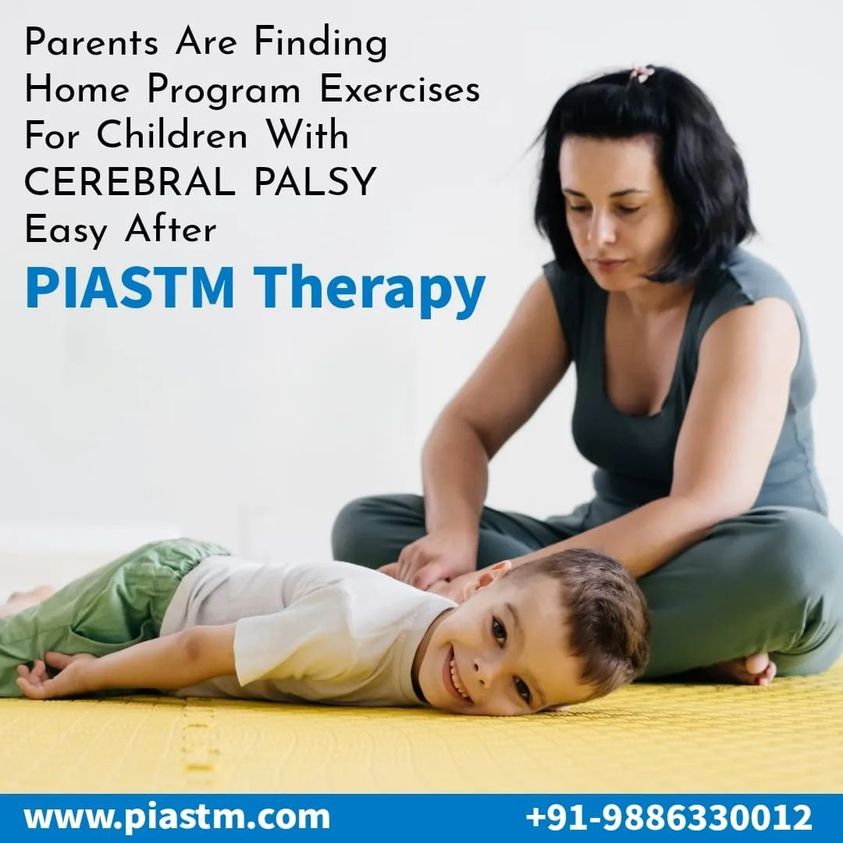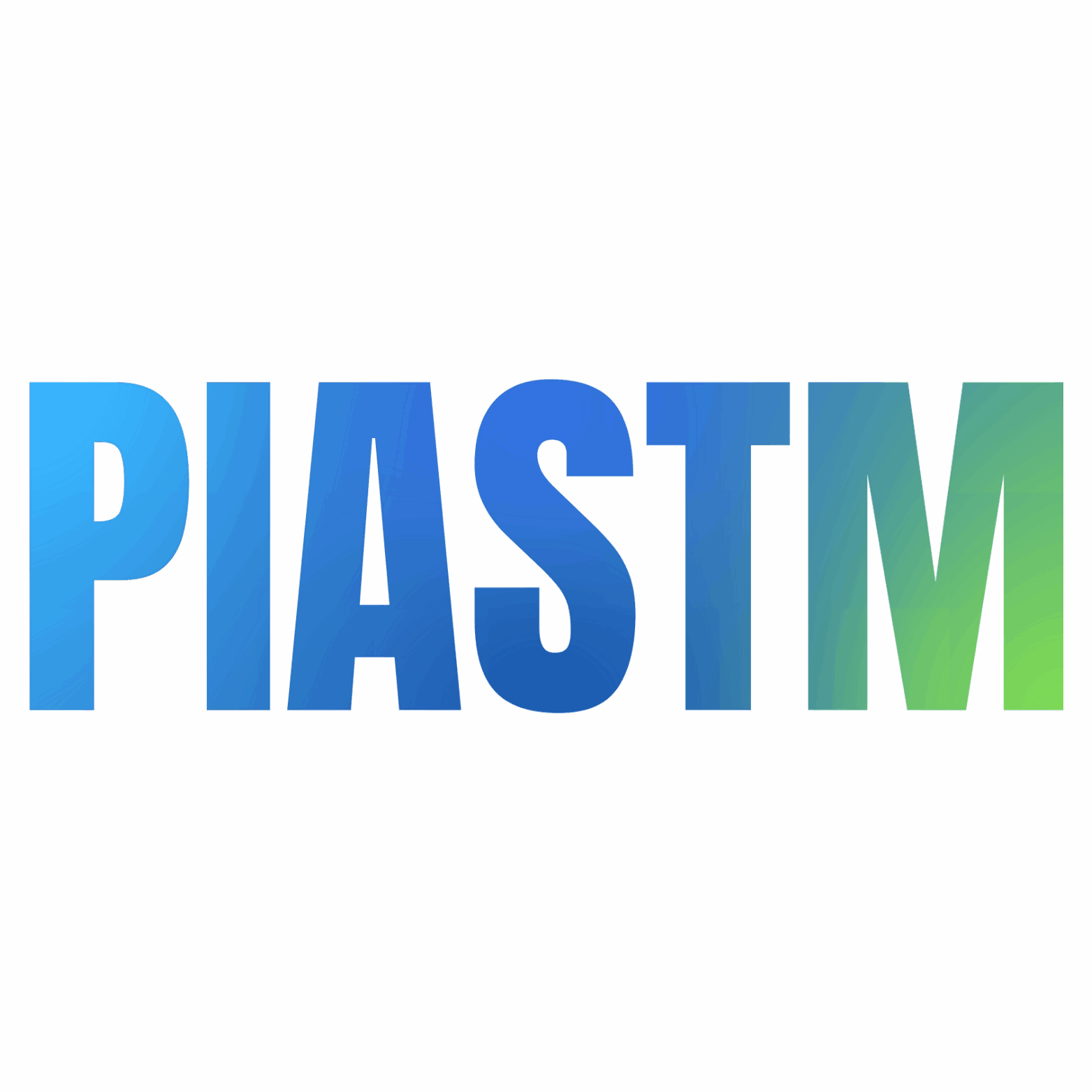PIASTM Therapy | Home Exercises
Parents Are Finding Home Program Exercises For Children With Cerebral Palsy Really Easy After PIASTM Therapy

Yes, you read it right.
Parents | Caregivers | Therapists are able to provide exercises more easily to a child diagnosed with CEREBRAL PALSY after PIASTM Therapy.
You will be surprised to know the reasons behind it:
a) PIASTM Therapy Helps In Managing Muscle Tone. That means Spastic Muscles Relaxes After PIASTM Therapy or Low Tone Muscles Gets Activated Post PIASTM Therapy which helps therapists or parents to reach functional goals in a child.
b) Flexibility or Range of Motion of a joint improves quickly after PIASTM Therapy which helps a child to get good mobility as well as movements.
c) Proprioception & body awareness improves with PIASTM Therapy which will help a child to control muscles more better. Hence more stability & better posture.
d) Breathing is an essential element for a child’s growth and most of the time breathing pattern is compromised in children diagnosed with cerebral palsy. With PIASTM Therapy – Diaphragmatic approach technique, diaphragm breathing is improved which helps in chest expansion.
e) PIASTM Therapy improves fluid & blood circulation in Muscles which helps in better growth of a muscle fiber and better muscle performance.
f) Many spastic children complain about muscle & joint pain even that reduces after PIASTM Therapy and hence they perform well during a routine exercise program.
g) PIASTM Therapy helps in optimizing NEUROPLASTICITY in a child diagnosed with cerebral palsy.
Paediatric Instrument Assisted Soft Tissue Mobilization (PIASTM) is a therapeutic technique that uses specific “Accel IASTM Tool – Accelerate Healing” on children to promote mobilization of restricted tissue to increase flexibility, increase range of motion, to reduce contractures as well as and for management for tactile defensiveness in autistic children.
“It Is An Exceptional Approach To Treat Common Paediatric Conditions Through PIASTM Technique”
Kanu Kaushik (Founder of PIASTM Technique)
